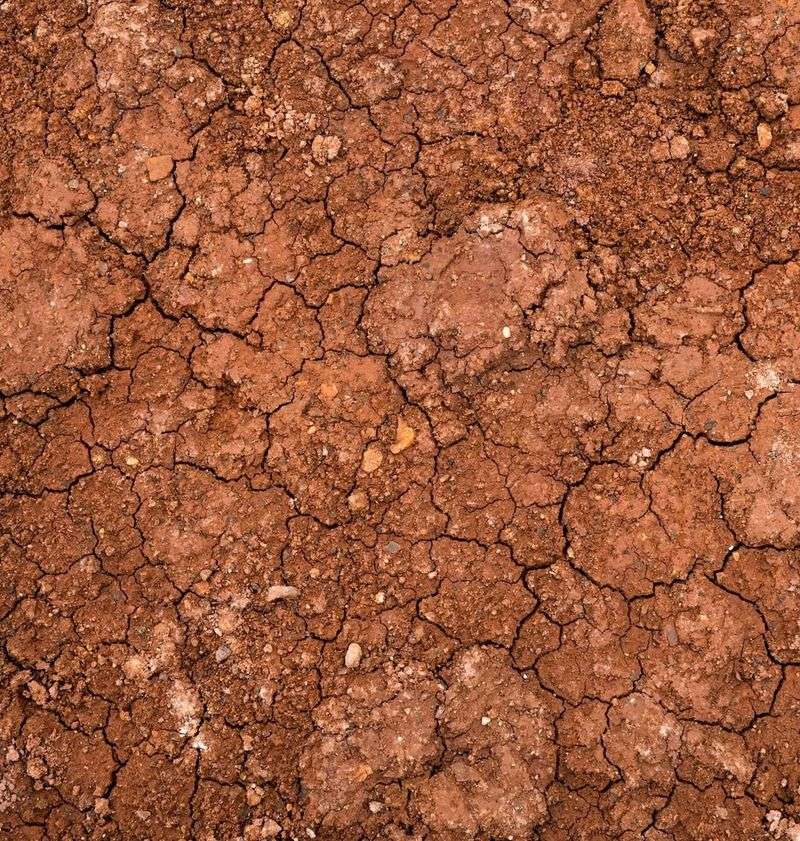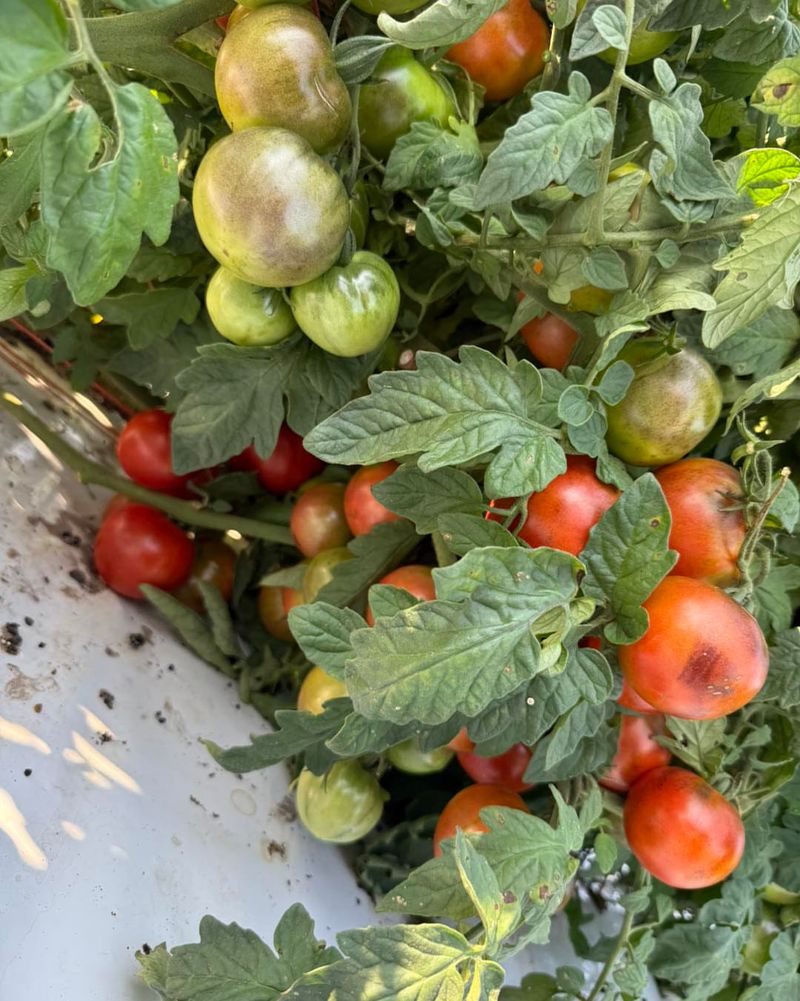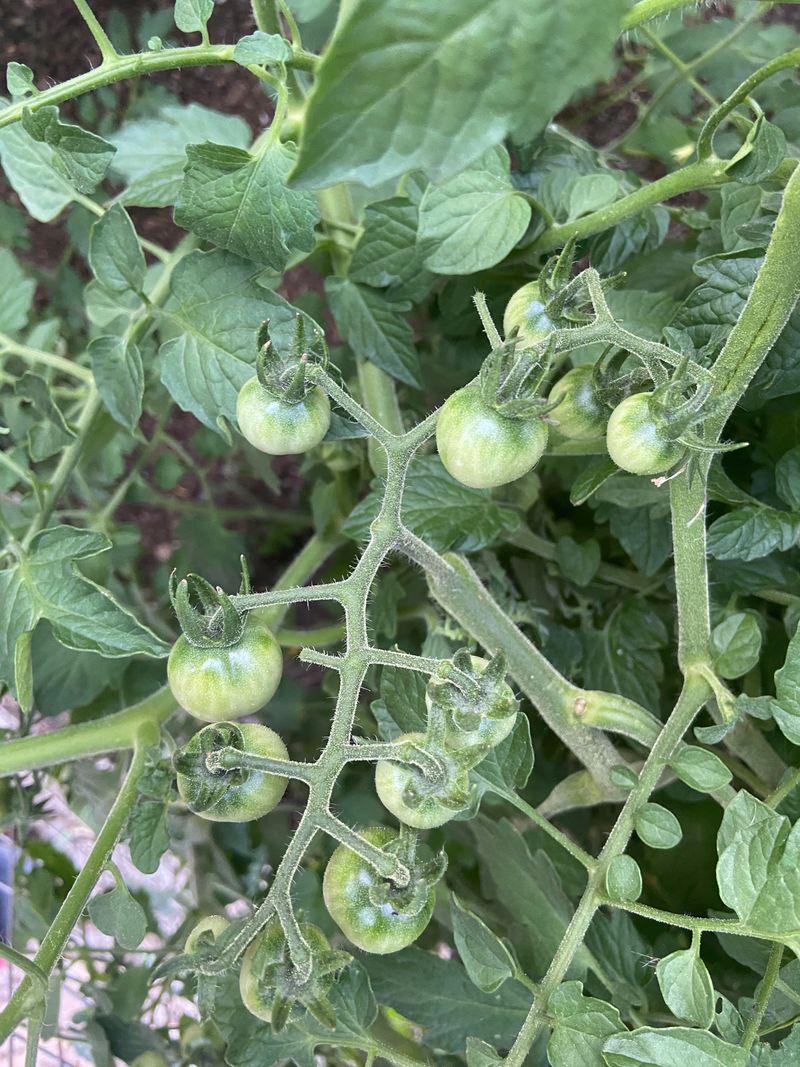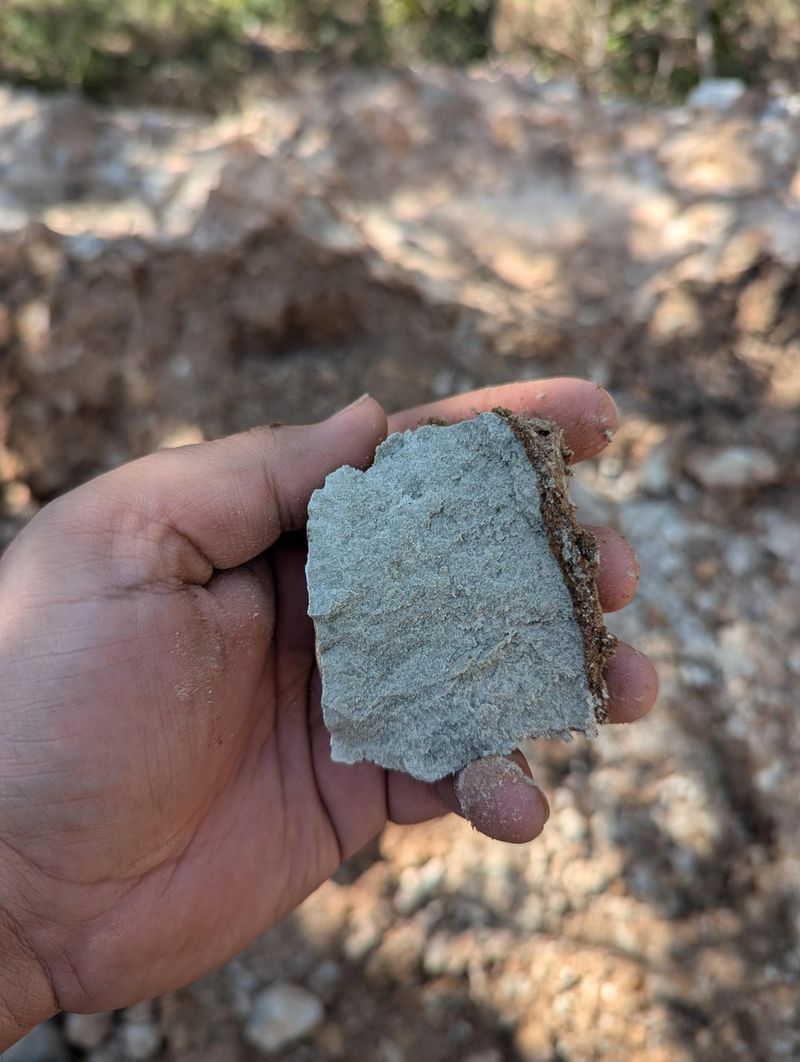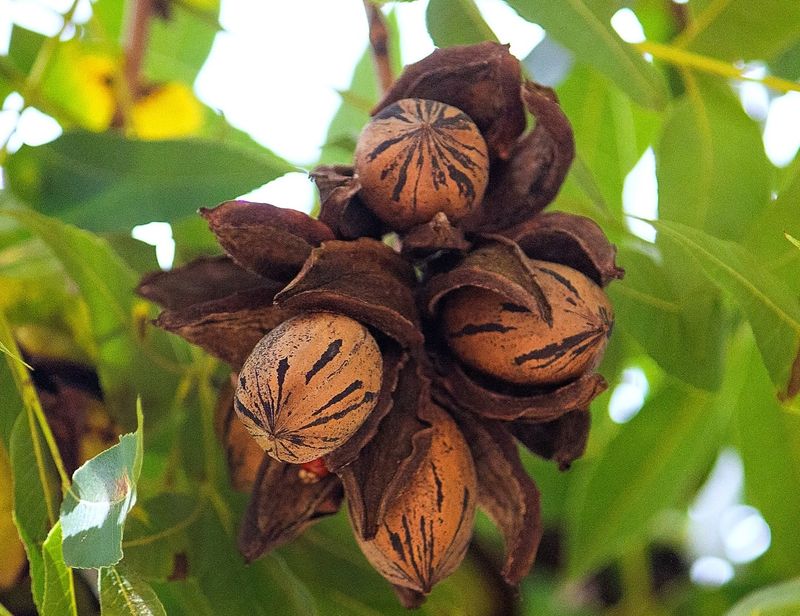Tomatoes promise bold flavor in New Mexico, yet the wrong spot can throw a wrench into the whole harvest. Harsh sun, stubborn soil, and hidden threats can knock this beloved crop off its pedestal in a heartbeat.
Some locations turn success into a wild-goose chase, no matter how much effort a gardener pours in. Experts draw a clear line in the sand with advice that saves time, money, and frustration.
1. Areas With Heavy Clay Soil
Clay soil holds water like a sponge that never wrings out properly. Your tomato roots need oxygen to thrive, but waterlogged clay suffocates them quickly.
New Mexico has plenty of clay-heavy patches, especially in valley areas. When roots can’t breathe, plants develop root rot and yellow leaves.
Adding compost helps, but planting directly in pure clay almost guarantees problems. Choose looser soil or build raised beds instead for healthier plants.
2. Spots Under Walnut Trees
Walnut trees release a chemical called juglone from their roots, leaves, and nuts. This natural toxin acts like poison to tomato plants, causing them to wilt and collapse.
Even if the tree seems far away, its roots spread underground much wider than branches above. Symptoms appear fast—leaves turn yellow, then brown, within days.
Keep tomatoes at least 50 feet from any walnut tree to stay safe and ensure a successful harvest.
3. Low-Lying Areas That Collect Water
Water naturally flows downhill and pools in low spots after rainstorms or irrigation. Tomatoes hate having wet feet for extended periods.
Standing water creates perfect conditions for fungal diseases like blight and root rot. Even brief flooding stresses plants severely, reducing fruit production.
Pick higher ground or create mounds to improve drainage. Your tomatoes will reward you with stronger growth and better yields when roots stay properly drained.
4. Fully Shaded Garden Corners
Tomatoes are sun-worshippers that need at least six to eight hours of direct sunlight daily. Shady spots might seem cooler and more comfortable, but your plants will stretch and become leggy searching for light.
Without adequate sunshine, tomatoes produce fewer flowers and fruits. The fruits that do develop often stay small and pale.
Choose the sunniest location available in your yard for the most productive and flavorful tomato harvest possible.
5. Right Next To Your House Foundation
Planting against your foundation creates multiple problems for tomato plants. Heat radiates from walls, creating scorching microclimates that stress plants during summer.
Foundation areas often have poor soil quality filled with construction debris and rocks. Drainage issues are common too, with water either pooling or draining away too quickly.
Limited airflow encourages fungal diseases to spread rapidly. Give tomatoes space away from structures—at least three feet—for better air circulation and healthier growth conditions.
6. Where You Grew Peppers Or Eggplant Last Year
Crop rotation matters more than most New Mexico gardeners realize. Tomatoes belong to the nightshade family, along with peppers, eggplants, and potatoes.
These related plants share diseases and deplete the same soil nutrients. Planting tomatoes where nightshades grew last season invites trouble from lingering pathogens.
Rotate to a different bed each year, waiting at least three years before returning to the same spot. This simple practice dramatically reduces disease problems and improves overall plant vigor.
7. Windy, Exposed Hilltops
New Mexico’s spring winds can be fierce, especially on elevated, exposed locations. Constant wind batters tomato plants, tearing leaves and breaking branches.
Wind also dries out soil incredibly fast, requiring constant watering to keep up. Stressed plants produce fewer tomatoes and smaller fruits.
Pollination suffers too, as bees avoid working in strong winds. Select a more protected location or install windbreaks like fences or hedges to shield your precious tomato plants from harsh gusts.
8. Areas With Caliche Layers Below Surface
Caliche is that rock-hard white layer of calcium carbonate found throughout New Mexico just below the surface. It forms an impenetrable barrier that tomato roots cannot penetrate.
Roots hit caliche and stop growing, leaving plants stunted and stressed. Water can’t drain through it either, creating soggy conditions above the layer.
Test your soil depth before planting. If caliche is shallow, you’ll need raised beds or containers for successful tomato growing in these challenging conditions.
9. Spots Near Black Walnut Or Pecan Trees
Beyond walnut trees, pecan trees also present challenges for tomato growers. While pecans produce less juglone than walnuts, they still release enough to affect sensitive plants.
Competition for water and nutrients intensifies the problem, as tree roots dominate the surrounding soil. Heavy shade from mature trees further limits tomato productivity.
Maintain generous distance from these trees in New Mexico—at least 40 feet works best. Your tomatoes deserve their own space where they won’t compete with established tree root systems.


